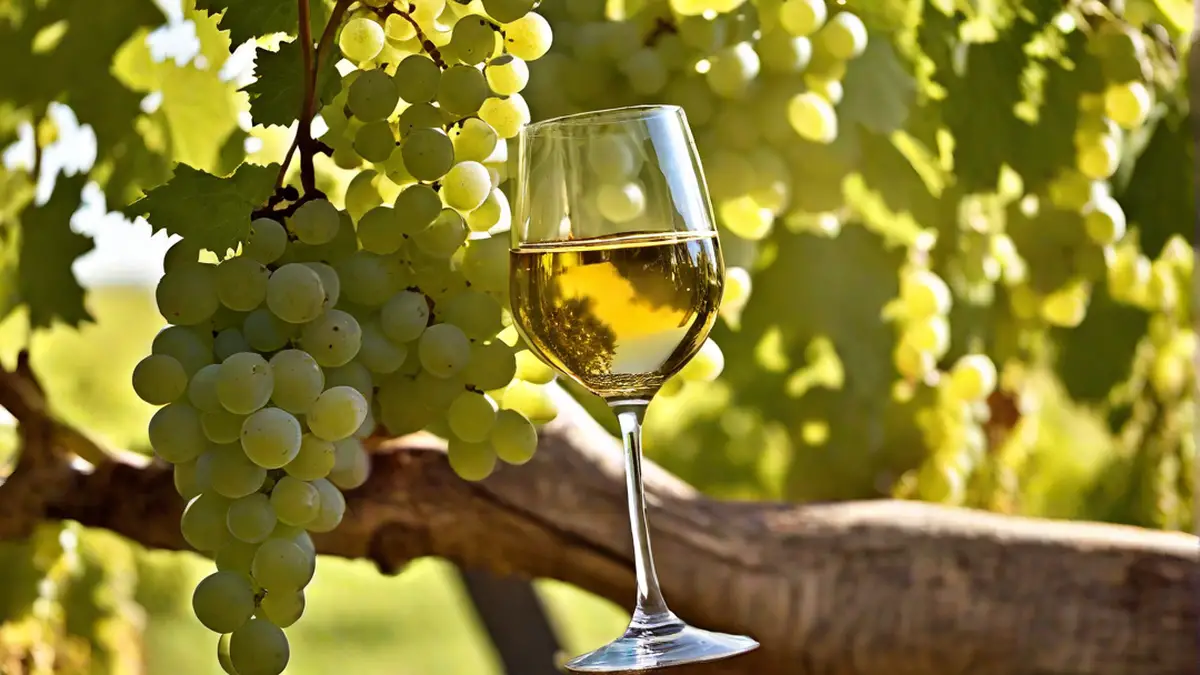Being a wine enthusiast, I often find myself pondering over the complexities and nuances of different wine varieties. A question that has emerged for me concerns the presence of tannins in white wine, akin to what is found in red wine. My objective today is to delve deeper into this topic and shed light on whether white wine contains tannins.
Firstly, let’s briefly explore what tannins are. Tannins are natural compounds found in the skins, seeds, and stems of grapes. They are responsible for that pleasant, slightly bitter taste and astringency that we often attribute to red wines. Tannins play a crucial role in the aging potential and structure of red wines, but what about white wines?
Contrary to popular belief, tannins do exist in white wines, albeit in much smaller amounts. While red wines spend an extended period of time in contact with the grape skins during fermentation, white wines are made by quickly pressing the juice off the skins, resulting in minimal extraction of tannins. Nevertheless, white wines can still display subtle tannic elements that contribute to their overall texture and mouthfeel.
It’s important to note that not all white wines contain tannins. The presence of tannins in white wines largely depends on the winemaking process and the grape variety used. For example, white wines made from grape varieties such as Gewürztraminer, Viognier, and Marsanne often exhibit more pronounced tannins due to their naturally thicker skins.
White wines with tannins can offer a unique sensory experience. When sipping a white wine with tannins, you may notice a gentle drying sensation in your mouth, similar to what you would find in red wines. This can add complexity and structure to the wine, enhancing its overall balance.
As a personal favorite, I must make mention of White Burgundy, also known as Chardonnay from the Burgundy region in France. Some White Burgundies undergo oak aging, which can contribute to the presence of tannins. These tannins, often described as silky and refined, provide a beautiful backbone to the rich and creamy texture of the wine.
So, the next time you enjoy a glass of white wine, pay attention to its texture and mouthfeel. If you detect a slight grip or drying sensation, chances are you’re experiencing the subtle presence of tannins. It’s fascinating to explore how even white wines can surprise us with their complexities.
In conclusion, while white wines generally have much lower levels of tannins compared to red wines, they can still possess these tannic elements to varying degrees. Understanding the presence of tannins in white wines adds another layer of appreciation for their diversity and complexity. So, let’s raise our glasses to all the delightful white wines out there, whether they have tannins or not!




